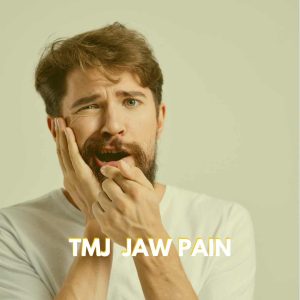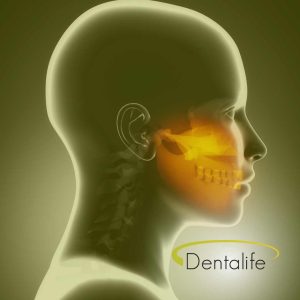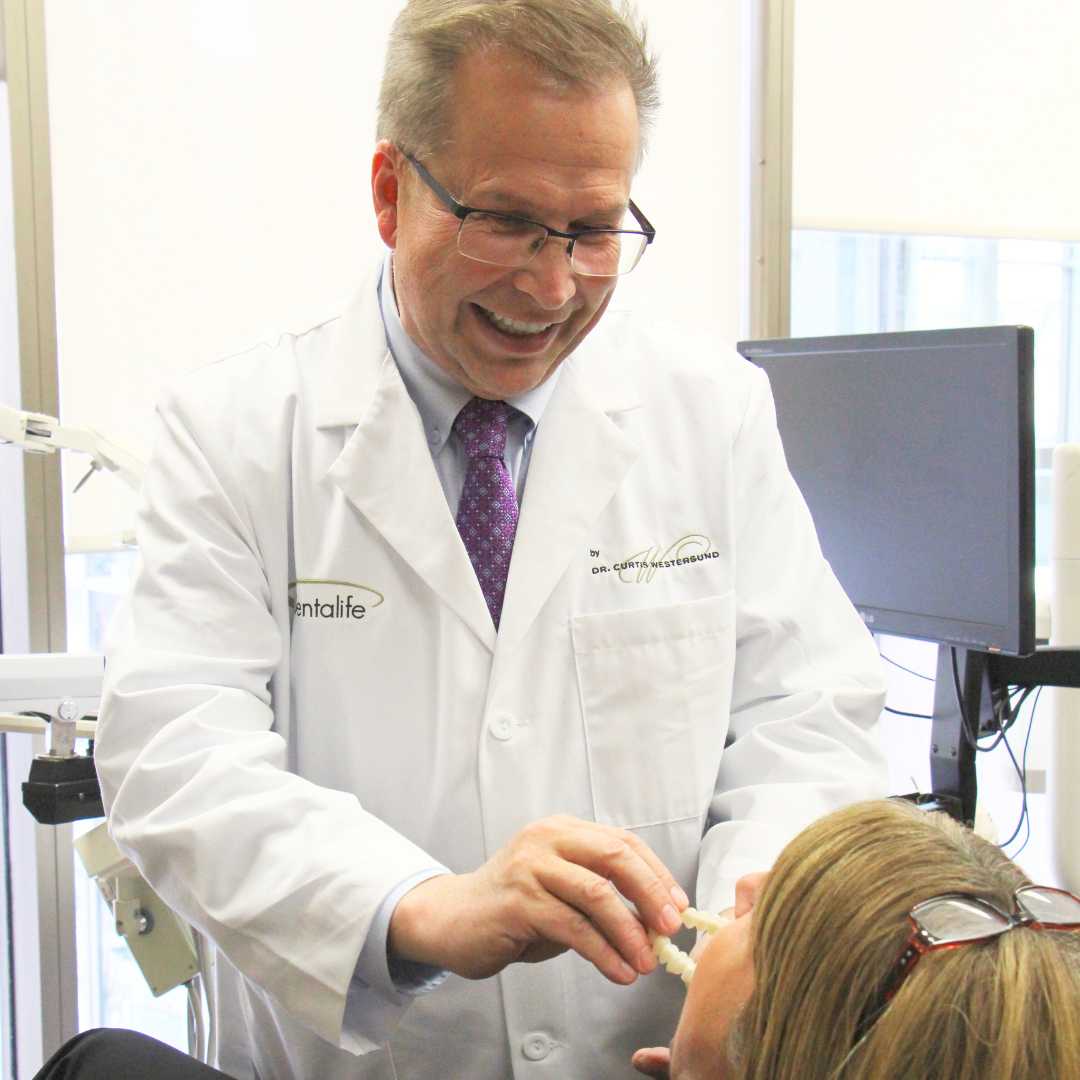If you’re experiencing jaw pain, popping, clicking, and other types of discomfort in your mouth or jaw area, you may have TMJ disorder. While this condition can be difficult to diagnose, it’s easy to see if you have TMJ related pain simply by examining your own jaw at home. TMJ pain can be incredibly debilitating and make it difficult to perform simple daily activities like eating, talking, and sleeping.
If you suspect that you might have TMJ pain or if you’re experiencing frequent headaches, jaw pain or even earaches, read this guide on how to check if you have TMJ and what to do about it if you do.
What is TMJ Disorder?
There are several ways to tell if you have TMJ disorder, including visiting a TMJ dentist for an evaluation. Many of these disorders start with a minor injury that then leads to chronic pain. A neuromuscular dentist or specialist may examine your mouth, face, and neck with x-rays in order to get a closer look at any damaged areas of bone or soft tissue around your jaw joint. In severe cases of TMJ disorder, a TMJ pain specialist dentist may suggest surgery or possibly orthodontic therapy. He/She may also recommend taking certain medications in order to treat any related issues like headaches or migraines.
If you think you might be suffering from TMJ disorder, see a local TMJ Practitioner like Dr. Westersund at Dentalife.com (Or Google searches like: tmj dentist near me, best tmj specialist near me, neuromuscular dentist near me, tmj specialist near me, tmj dentist calgary, tmj orthodontist, tmj dental treatment calgary, dental splint tmj, or tmj dentist specialist near me) as soon as possible.
What Causes TMJ Disorder?
TMJ disorder, or temporomandibular joint disorder, is a painful condition that is often caused by a misalignment of your bite. The disorder can cause clenching or popping while chewing, headaches and soreness throughout your face. One of the most common causes of TMJ disorder is teeth grinding (also known as bruxism). Other triggers include stress, missing teeth, poor bite alignment, jaw trauma and misaligned dental work.
If you experience pain in your jaw joints—specifically on one side—when chewing or during other daily activities, it’s important to have a doctor or a Calgary TMJ Dentist examine you for TMJ pain issues. Some simple treatments can alleviate symptoms and prevent more serious problems from developing.
What Are Signs of TMJ (also called TMD)?
Signs of temporomandibular joint disorder include pain in TMJ headaches, migraines, jaw pain, neck pain, ear pain, ear ringing, sinus pain, eye pain, difficulty opening your mouth and chewing or clenching teeth. Trouble with any of these can result from not getting enough sleep, stress or grinding your teeth (bruxism). The pain may be felt when you’re talking, eating or moving your jaw.
Headaches around your temples also are common. Your jaws might lock shut or it might hurt to open your mouth. Sometimes, one side is affected more than another. Some people have trouble breathing through their nose because of their bite. Some people have trouble keeping their teeth together while they chew.
When you experience any of these symptoms, contact Dr. Westersund, TMJ pain Treatment Practitioner at Dentalife in downtown Calgary.
What Are Treatment Options for TMJ?
Dr. Curtis Westersund (General Dentist and TMJ Practitioner at Dentalife):
“In most cases, TMD can be treated with a combination of non-surgical and surgical options. Patients must first undergo thorough diagnosis by a dentist or doctor familiar with TMD conditions. After diagnosis, different treatment options may be recommended depending on how much pain is caused by your condition, its duration, any existing complications from it, etc. Most patients are advised to stick with non-surgical treatments initially since they are less invasive than surgery. “
Dentalife provides several options to treat your TMJ Disorder (TMJD). After your consultation, a CT scan of your jaws, jaw joints, airway, and neck may be taken to provide more information in regards to your condition. Then the process continues as follows:
1. Functional Rebalance of Occlusion
A one-hour appointment using our digital (called the T-scan) system and micro-adjustments to improve the alignment of your bite and stop any kind of clenching or chewing pain.
2. Diagnostic Testing
of the muscles in your jaw and neck, your range of motion, and other various parts of your body that can affect how you chew will be assessed with this three-hour appointment. Physiotherapy is provided, so a more healthful starting position for chewing is available.
3. Orthotic (TMJ Dental Appliance) Insertion
You will be under the care of our 2 hour appointment which includes 1 hour of U.L.F. – T.E.N.S. therapy and a T-scan guided adjustment to a Natural Fit dental orthotic.
4. Follow Up care
Possibly, you’ll need to visit your orthodontist for adjustments when your jaw heals and it functions better, and your posture is fixed.
Dr. Curtis Westersund:
“The overall objective is to provide strain reduction in the entire body in a pre-arranged, well-coordinated protocol.”
Are you experiencing TMJ Pain right now? Don’t wait until tomorrow. Contact us today.




